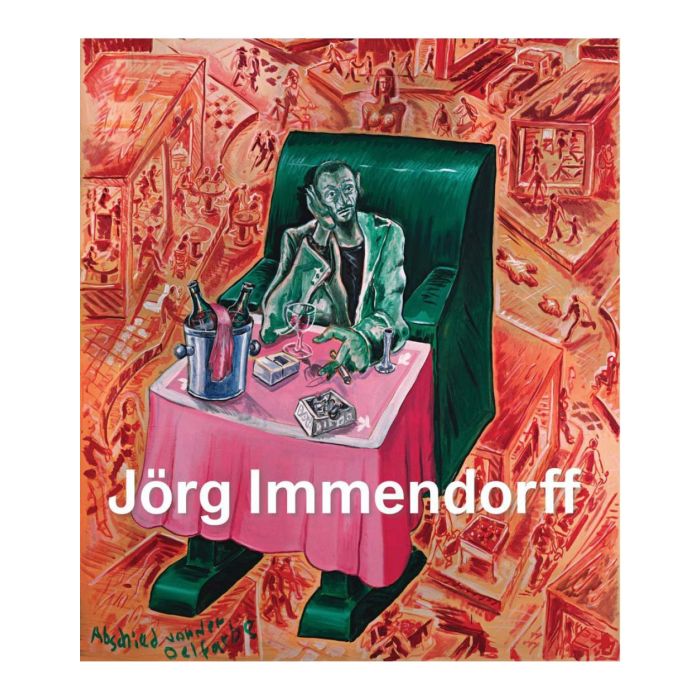My Cart
Your cart is empty
Looks like you haven't made your choice yet.
- Subtotal
Jörg Immendorf

Catalogue Raisonné
- Walther & Franz Koenig Verlag
- by Ed.: Siegfried Gohr
More Information
| Publisher | Walther & Franz Koenig Verlag |
|---|---|
| ISBN | 9783863355951 |
| Author(s) | Ed.: Siegfried Gohr |
| Publication date | January 2018 |
| Edition | Hardback with dust jacket |
| Dimensions | 333 x 278 mm |
| Illustrations | 471 col.ill. |
| Pages | 471 |
| Language(s) | Eng./ Germ. ed. |
Description
This second volume reproduces more than 400 works from 1984-1998, each accompanied by a commentary and a documentation of the work's provenance. From 1987 a series of major thematic complexes are drawn on which Immendorff uses to depict his artistic and social milieu (e.g. „Night Coat“ from 1987). The avant-garde of classical Modernism, in particular through the figures of Marcel Duchamp, Ernst Ludwig Kirchner, Otto Dix and Max Ernst, is interpreted by quoting. Immendorff responded creatively to historical events, for instance the Nazi “Degenerate Art” campaign of 1937 in 1987. Another source of inspiration for new themes was the competition for St. Paul's Church in Frankfurt, a key historical location during the 1848 Revolution. The two-hundredth anniversary of the French Revolution from 1789 also inspired Immendorff to produce a special series of paintings. In 1990/91 the artist's interest in France then found its expression in the „Café de Flore“ works, after „Café Deutschland“ one of Immendorff's most claimed pictorial inventions. During the following years Immendorff focused on works for theatre and opera: Henrik Ibsen's „Peer Gynt“ in Oslo (1992) and Igor Stravinsky's „The Rake's Progress“ in Salzburg (1992-1994). The artist's engagement with William Hogarth ensued from these projects. In the following years Immendorff continued the practice of quoting, drawing on numerous art historical sources.

Jörg Immendorf
